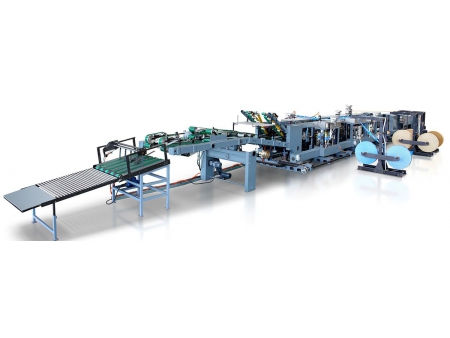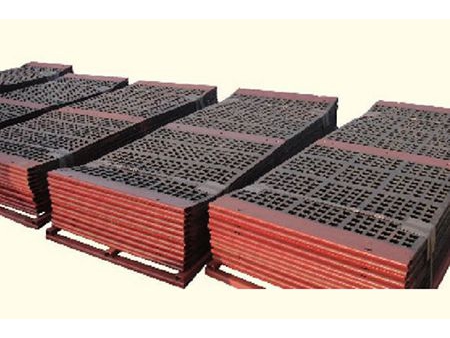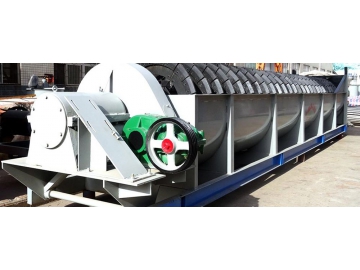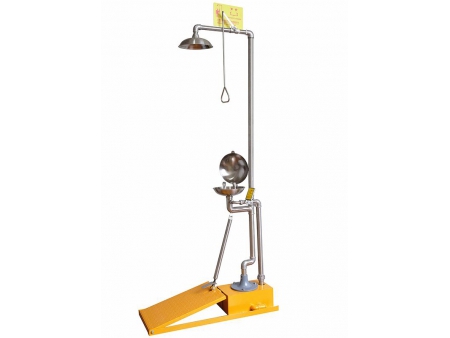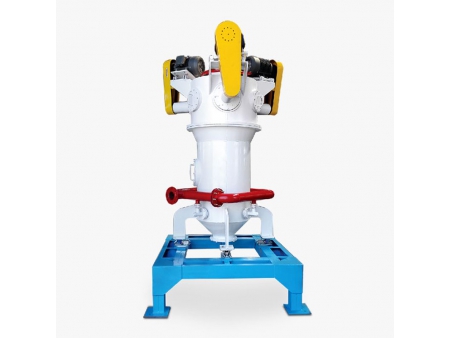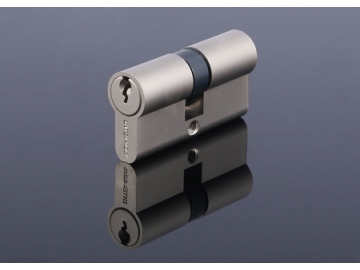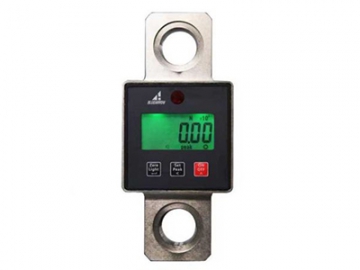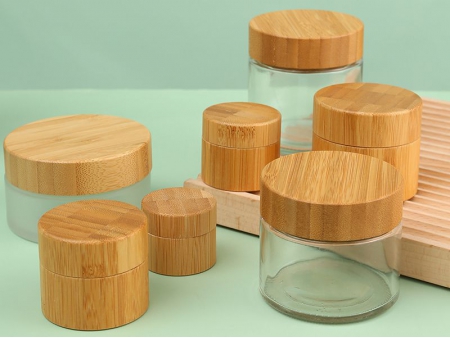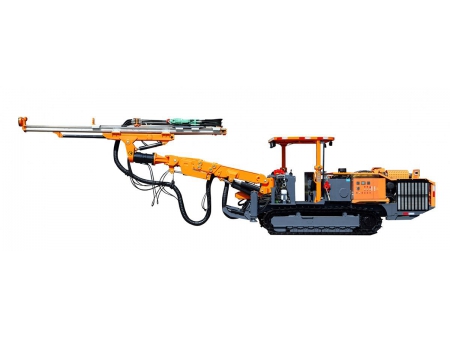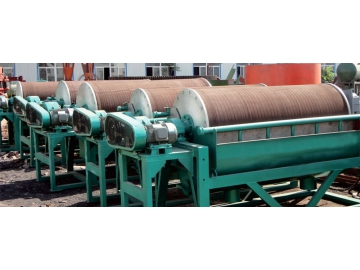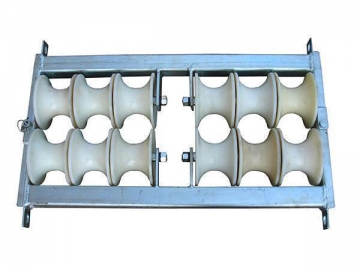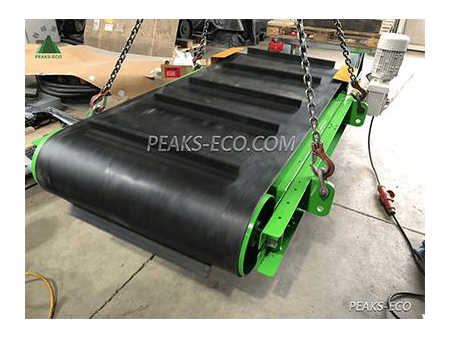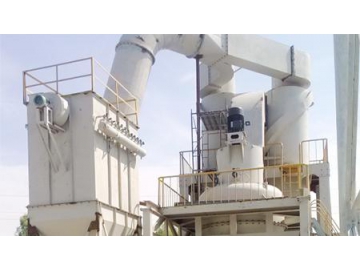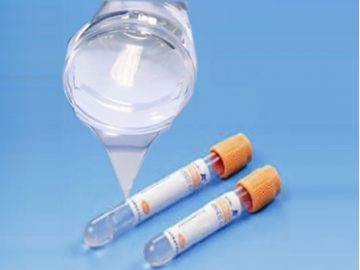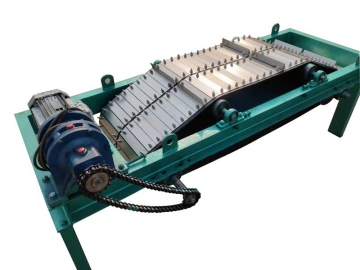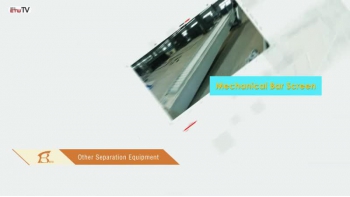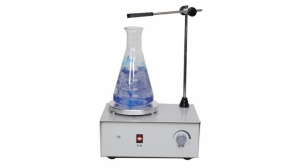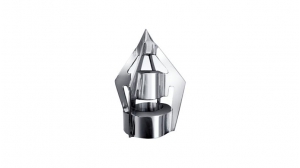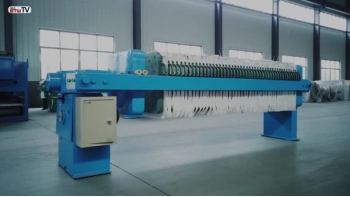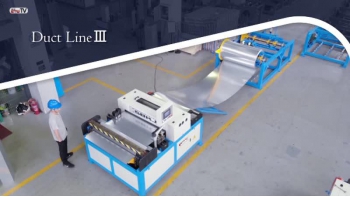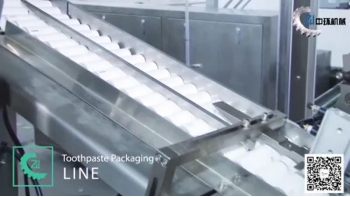Magnetite Magnetic Separation Line
Magnetic separation plays a leading role in separation of magnetite. Our magnetic separation line for magnetite is suitable for separation of single crystal mineral from magnetite with simple characteristics.
For separation of weakly magnetic lean iron ore, many methods are available such as gravity concentration, magnetic separation, flotation, roasted magnetic separation or combined process, while magnetic separation is adopted directly for strongly magnetic iron mineral concatenation. Strongly magnetic iron ore separation line is primarily used for separation of low-grade magnetite which features strong magnetism, easy grinding and easy separation. Stage grinding is applied for magnetite with large dissemination size, while multi-stage grinding is adopted for relatively fine-grained magnetite. For weakly magnetic mineral, it also can be treated as strongly magnetic mineral after magnetic roasting. Then it can make use of the strongly magnetic separation process.
To ensure fine grinding, we add screening, regrinding, re-separation into the process which originally involves two-stage grinding, stage separation and low intensity magnetic separation. liberated minerals can be collected timely, thus alleviating over-grinding and improving the capacity of the ball mill. Further, the concentrate grade can be increased by 2 percent or so.
Application Case
In a magnetite mine in Inner Mongolia, the major metallic mineral was magnetite, which featured disseminated structure, mall dissemination size and easy separation. The average iron content was about 12 to 16 percent. In the plant, they managed to obtain high quality iron concentrate containing 65 percent of iron through a process involving grinding and low intensity magnetic separation. The recovery reached 90 percent. However, the cost was still pretty high in the long term.
Later, they entrusted us with technical improvements. We found that 70 to 80 percent of the total cost was spent in grinding. Hence, we optimized the process by removing unnecessary grinding procedures as possible as we could. We insisted on separating the finished product and discarding waste materials as early as possible.The process we designed entailed stage grinding and stage separation.The new process was able to reduce the total cost significantly without compromising any indexes of finished product.
For the low-grade raw ore, the key point was to decrease energy consumption greatly by combining stage grinding and stage separation. Even though the magnetite in the mine was processed through fine grinding, cost caused by grinding wouldn’t be too high. This case would be a good example of how to exploit low-grade iron ore of the same kind with similar characteristics.
Technical indexes before and after improvements are listed in the table below.
| Before and After Improvements | Process | Iron Concentrate Grade | Recovery /% |
| Before | Three-Stage Grinding and Three-Stage Magnetic Separation | 65.58 | 90.15 |
| After | Stage Grinding and Stage Separation | 67.81 | 92.69 |








